Fashion and food are no longer separate realms—they now intersect in exciting ways that reflect lifestyle trends and cultural evolution. From culinary-inspired fashion collections to food’s role in shaping global aesthetics, this piece delves into how these two worlds influence each other.
1. The Rise of Food-Inspired Fashion
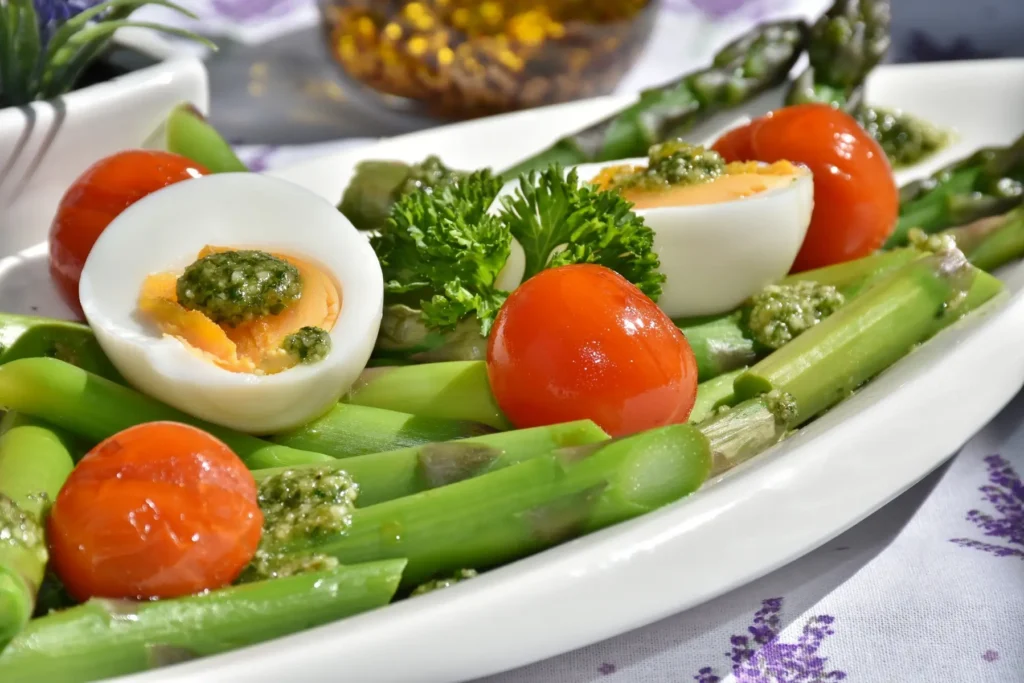
Fashion designers are increasingly drawing inspiration from the culinary world. Vibrant prints featuring fruits, vegetables, or exotic spices are now common on runways. Luxury brands like Moschino and Dolce & Gabbana have embraced this trend, creating collections that feature pasta patterns, ice cream motifs, and wine-inspired color palettes. This playful integration of food into fashion highlights how culinary experiences are becoming a lifestyle statement.
2. The Fashion of Dining
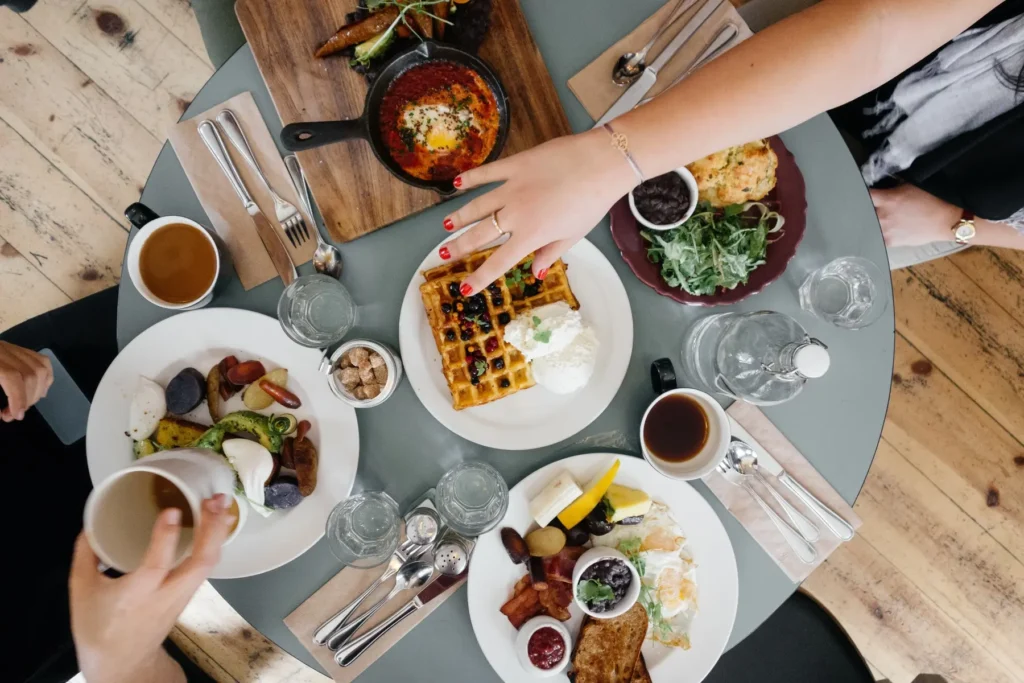
As food presentation becomes an art, dining venues are incorporating fashion sensibilities into their ambiance. High-end restaurants now collaborate with fashion houses to curate spaces that mirror runway elegance. From table settings to staff uniforms, the influence of fashion elevates the dining experience. Michelin-starred establishments often leverage fashion trends to create immersive environments, ensuring their guests enjoy both culinary and aesthetic delights.
3. Food as a Fashion Accessory
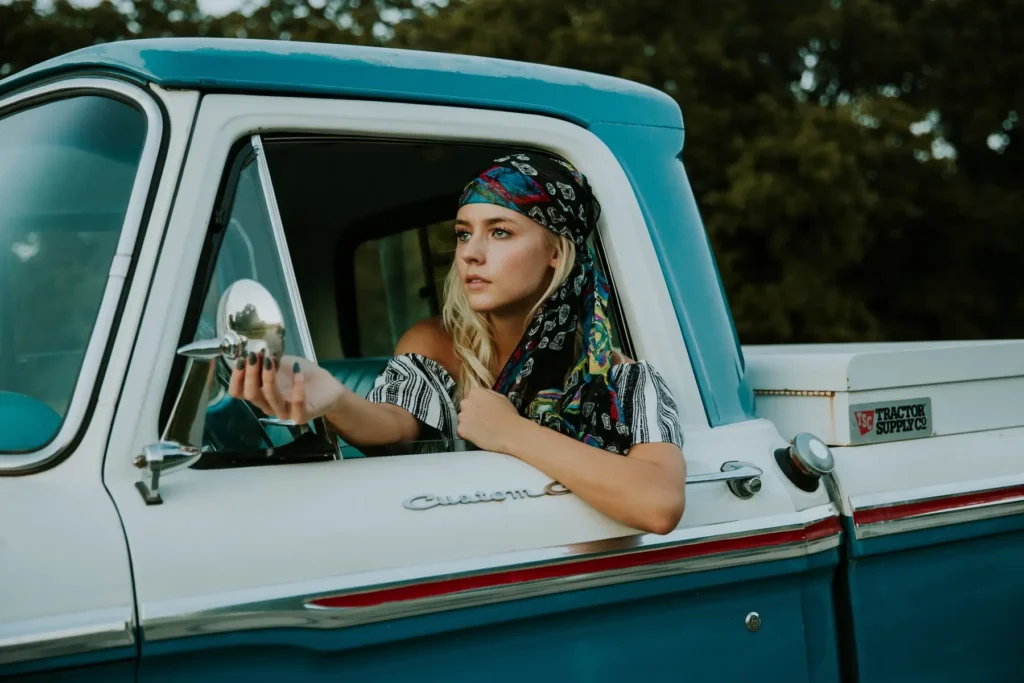
Social media has redefined how food is consumed—visually and literally. Instagram and TikTok are rife with influencers pairing iconic foods with trendy outfits. Think about sipping matcha lattes in chic athleisure or staging luxury handbags next to artisanal pastries. These visuals are not just about indulgence but about projecting a curated lifestyle. Gourmet food, in this context, becomes an accessory that complements one’s wardrobe.
4. The Role of Colors and Textures
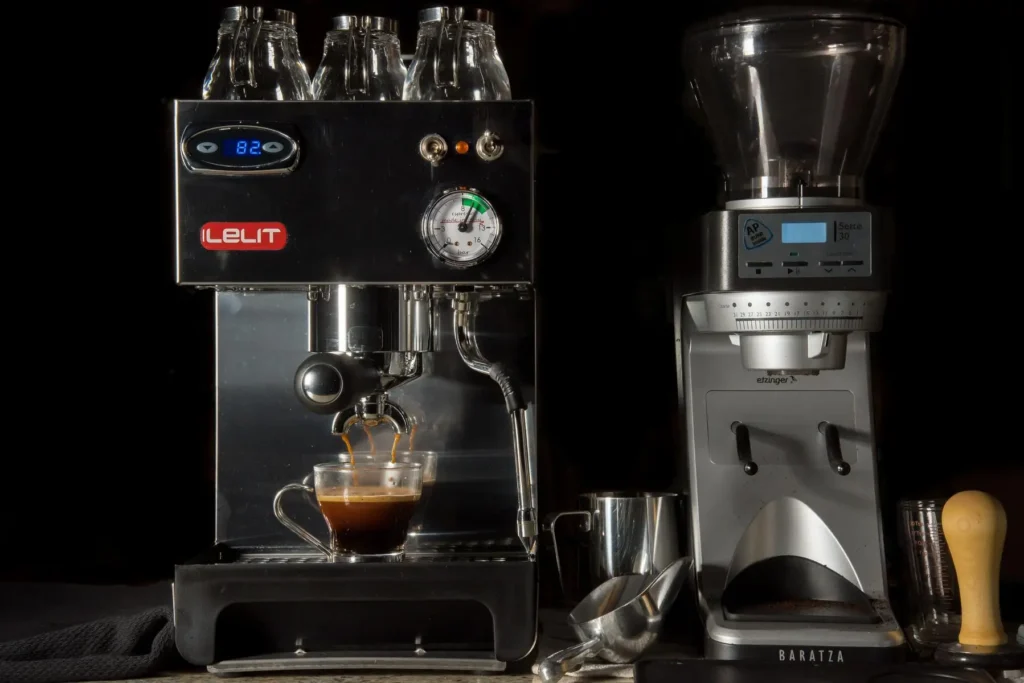
The relationship between food and fashion is often reflected in shared color palettes and textures. The earthy tones of turmeric, the bold reds of chili peppers, or the pastel hues of macarons are influencing seasonal fashion lines. Additionally, food textures—like the glossy finish of ganache or the crisp layers of puff pastry—are mirrored in fabric designs, creating tactile connections between the two industries.
5. Sustainable Trends in Food and Fashion

Sustainability is a unifying trend across both sectors. The farm-to-table movement in food aligns with the slow fashion ethos, emphasizing ethical production and mindful consumption. Vegan fashion, featuring materials like mushroom leather, parallels plant-based culinary trends. Both industries are focusing on reducing waste, promoting recycling, and encouraging consumers to make thoughtful choices.
6. Fashion Meets Food Events

Collaborative events where fashion and food converge are becoming increasingly popular. Fashion weeks now feature gourmet pop-ups curated by celebrity chefs, while food festivals include fashion showcases. These events celebrate the fusion of these two realms, offering attendees a multisensory experience. For instance, a runway show might pair couture outfits with themed canapés, reflecting the garments’ design story.
7. The Influence of Global Culture
As globalization accelerates, cross-cultural influences in fashion and food are gaining momentum. Traditional Japanese kimonos inspire contemporary fashion, while sushi art influences food presentations at upscale eateries. The fusion of global cuisines and styles celebrates diversity and creates a shared platform where food and fashion complement each other in new, exciting ways.


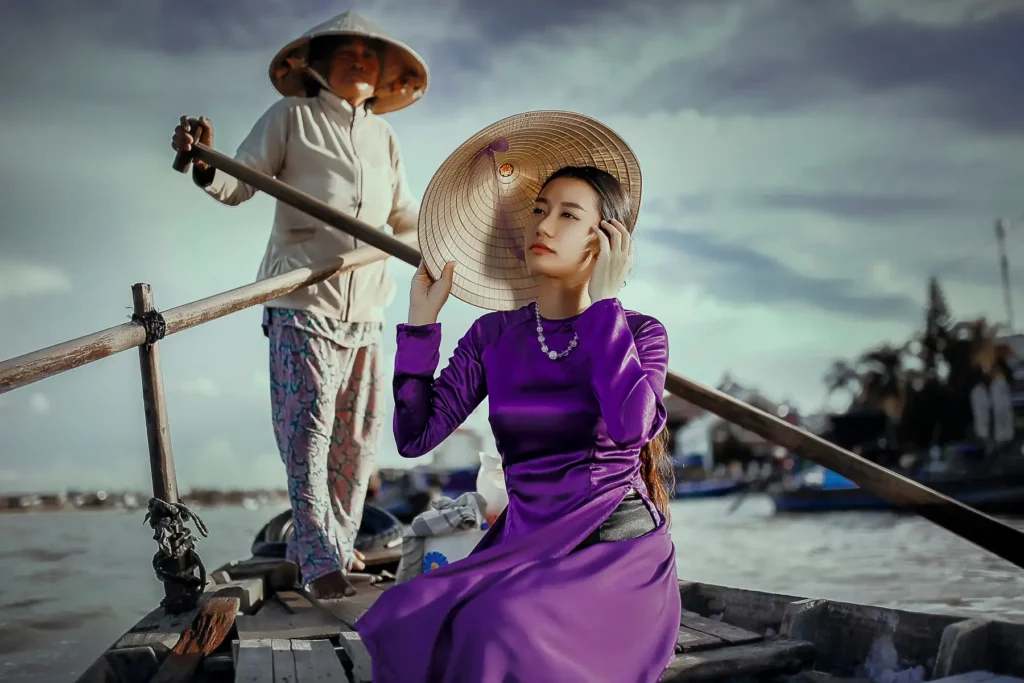




The interplay between fashion and food is a testament to their shared role in shaping cultural identity and lifestyle. Both industries thrive on creativity, self-expression, and the desire to connect with audiences in meaningful ways. By embracing trends that bridge these two worlds—whether through design, dining experiences, or sustainability—consumers can indulge in a lifestyle that’s as visually appealing as it is delicious.












